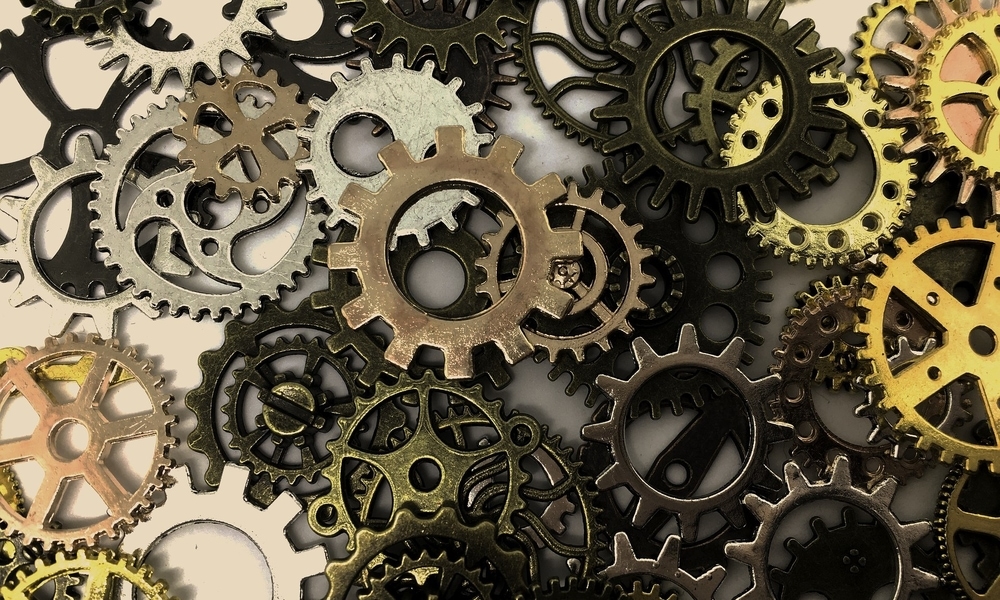Have you ever thought how much is your carbon footprint when you make a short flight or when you buy, use and throw apparels very often? It might have indeed crossed your mind as more and more people are getting aware of their environmental impacts these days. But you may be wondering how we can avoid all these comforts and advancements as they make our lives easier. Is there a way to circumvent the environmental impacts in this linear economic system without compromising the comforts it offers?
There is indeed a champion for closing the loops and reducing our environmental impacts while maintaining growth- ‘Circular Economy’. Circular Economy (CE) rests on ‘take-make-use-dispose-regenerate’ systems where waste becomes a resource. Initially discussed in the academic circles, it has now found a place in development agenda and national policies. In addition to the recurring themes of Reduce, Reuse, Recycle, CE brings in social, economic and cultural aspects to the sustainability equation. The model strongly voices for an inclusive society where smart environmental solutions and sustainable choices become part of daily lives.
Circular Economy for Industries
Industries and businesses can kick-start the circular switch in the economy. From adopting circular economy business models to changing existing unsustainable practices, industries can lead the transition. Some examples of already existing CE practices are the ‘Circular Lighting’ offer by Philips and ‘Fairphone’, the phones with minimal environmental impact. However, to realise CE in industries, capacity building and support to providers of circular solutions are inevitable. Government and research institutions must work together with the industry closely for converting innovations into viable business models. Collaborative efforts with all stakeholders, competitiveness, and innovation are the cornerstones for realising the circular targets.
Circular Economy for Households
Households can also embrace circular economy in several ways. By inculcating the habit of product reuse and recycling, households can take the initial steps in CE. We can start by reducing the amount the waste we generate, be it food waste, packaging or electronic waste. We can rent clothes and appliances instead of purchasing them and throwing away after the end of life. Let us repair or refurbish our worn-out or broken products. Households are the ideal places to start with the Repair, Reuse and Recycle in the circular economy space.
Circular Economy is thus offering us interesting solutions to reduce our environmental impact. Rather than doing the things the right way, it aligns more with ‘doing the right things’. Is it challenging the norms of the linear economic system in some ways? Yes, and it is a call to rethink our production and consumption systems. Let us join this journey toward a holistic development trajectory that is aligned with economic, environmental, and social sustainability.
Note: the Carbon footprint of a 1000 km flight roundtrip 0.5 tons of CO2 (https://co2.myclimate.org/en/flight_calculators/new) and it takes about 20,000 litres of water to make a single T-shirt and a pair of jeans (https://www.theguardian.com/sustainable-business/cotton-reduce-environmental-impact-consumer-behaviour)
To know more about CE in India, visit, http://indiacirculareconomy.com/

